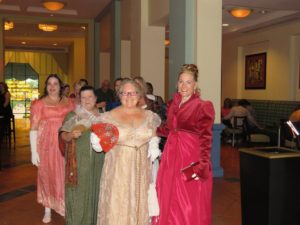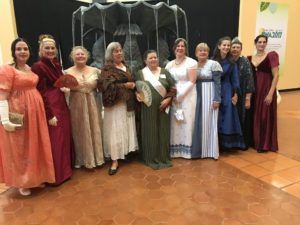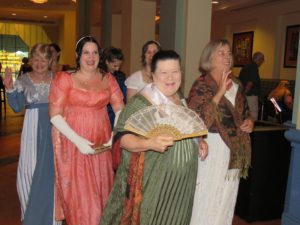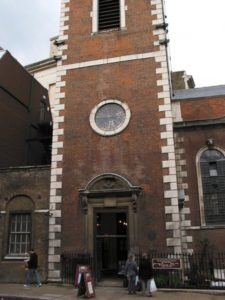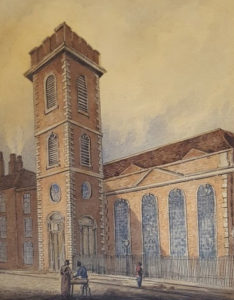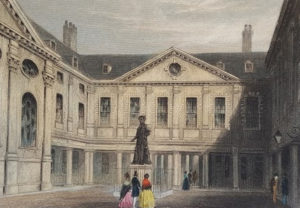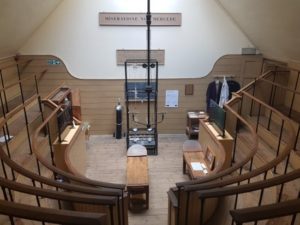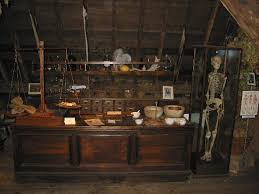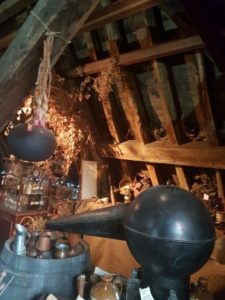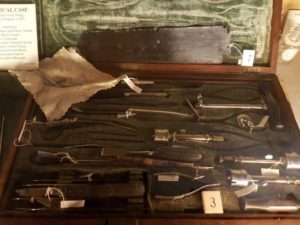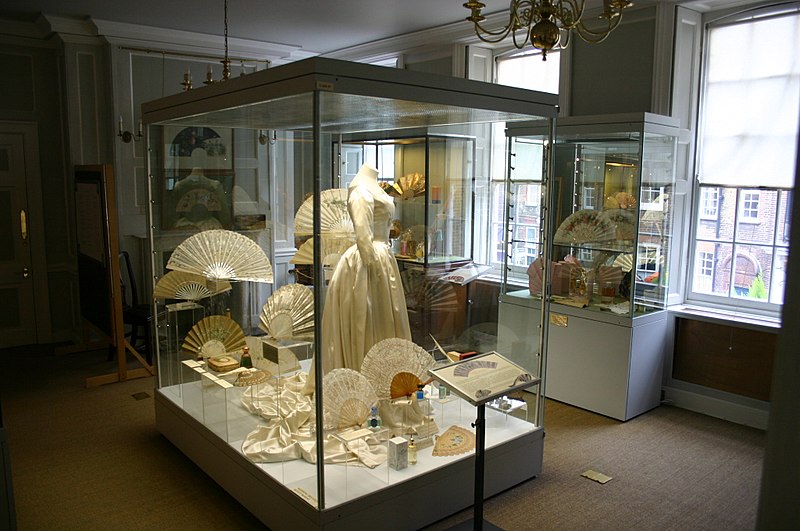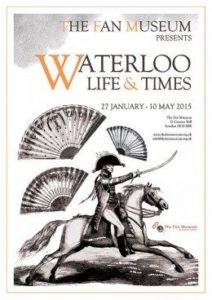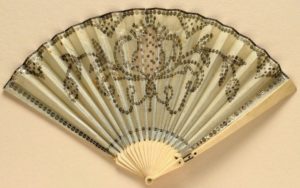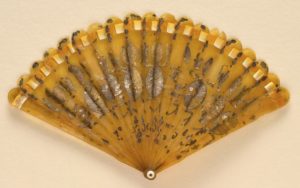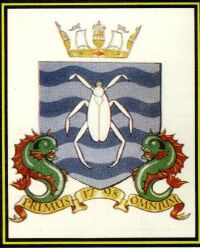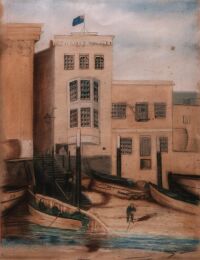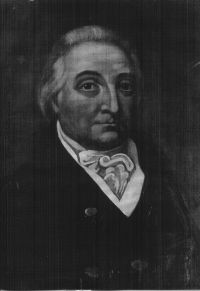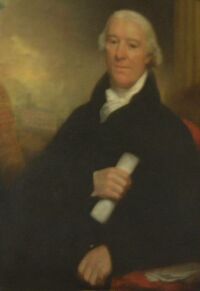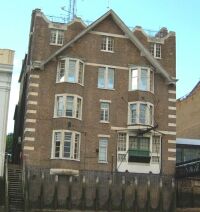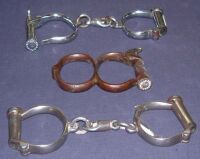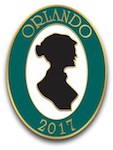
For those of you who do not know, Romance Writers of America has an annual conference, usually in July, which welcomes two thousand to twenty-five hundred romance writers from all over the world. The location varies as it is held on the West Coast of the United States, the East Coast of the United States, in the Midwest, and in the South on a four year rotating schedule. This year’s conference was held in Orlando, Florida at the Swan and Dolphin Hotel in Disney World.
Every year at this conference the Beau Monde Chapter of RWA, the chapter dedicated to writers of Regency Historical Romance, has an all day mini conference the day before the RWA Conference gets into full swing. I am not exactly certain, but…
What might one call a gathering of forty or so authors who write romance set in the Regency Era?
A Promenade ?
An Austenium ?
A Waterloo ?
A Dukedom ?
The possibilities are endless! Whatever one calls it, this day long event is one of the highlights of my year. We writers tend to be an odd lot and gathering with people just as odd is always a source of inspiration. Add to that the inherent uniqueness of those who choose to study (obsess over) the Regency era in order to write better novels and you have a meeting of the minds rare in our everyday lives. This year’s conference was no exception.
What does one do at a Beau Monde Mini Conference?
| 7:30 – 9:00 a.m. | Registration and Continental Breakfast |
| 8:00 – 8:45 a.m. | Annual General Meeting/Volunteer Recognition Ceremony (all members encouraged to attend) |
| 9:00 – 10:00 a.m. | Georgian Dublin: From The Castle to Hell – Cora Lee |
| 10:00 – 10:15 a.m. | Break |
| 10:15 – 11:15 a.m. | Women of the Regency: How they loved; what they thought; and how they were viewed – Callie Hutton |
| 11:15 – 11:30 a.m. | Break |
| 11:30 – 12:45 p.m. | Lunch and Keynote with Kate Pearce |
| 1:00 – 2:00 p.m. | Creating the Regency Feel – Grace Kone |
| 2:00 – 2:15 p.m. | Break |
| 2:15 – 4:00 p.m. | If You Knew Regency London… – Louisa Cornell and Kristine Hughes (Mid Workshop Break 3:00-3:10 p.m.) |
| Break | |
| 7:00 – 8:00 p.m. | Libations of the Regency Workshop – sponsored and presented by Ella Quinn |
| 8:30 – 11:00 p.m. |
|
Each year members of the Beau Monde present workshops on an area of research in which they have done intensive research. Some of this research is done for specific books, but much of it is done because research is what we love and we do tend to get carried away when investigating a topic.

We call it Falling Down a Rabbit Hole.
Our own Kristine Hughes Patrone and I conducted a two-hour workshop on Regency London and we had enough material to do two more hours if we had been given free rein. I will be posting out workshop here at Number One London soon, so stay tuned!

As you can see it is a full day of Regency research, adoration, and a great deal of discussion. As much as we Regency romance authors spend a great deal of our time chained to a desk with a stack of research books on one side and a pot of never ending tea on the other, we also enjoy each others company. And, of course, the soiree which ends our day long conference is always a great excuse to dress up!
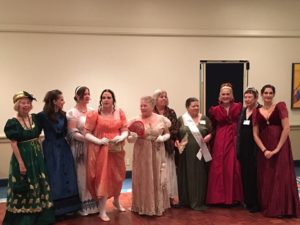

And as this conference took place in one of Disney World’s lovely hotels we honored a request by the management to promenade in the lobby in our Regency finery. Nothing like becoming a tourist attraction, but we Regency authors will do anything to promote our books!
